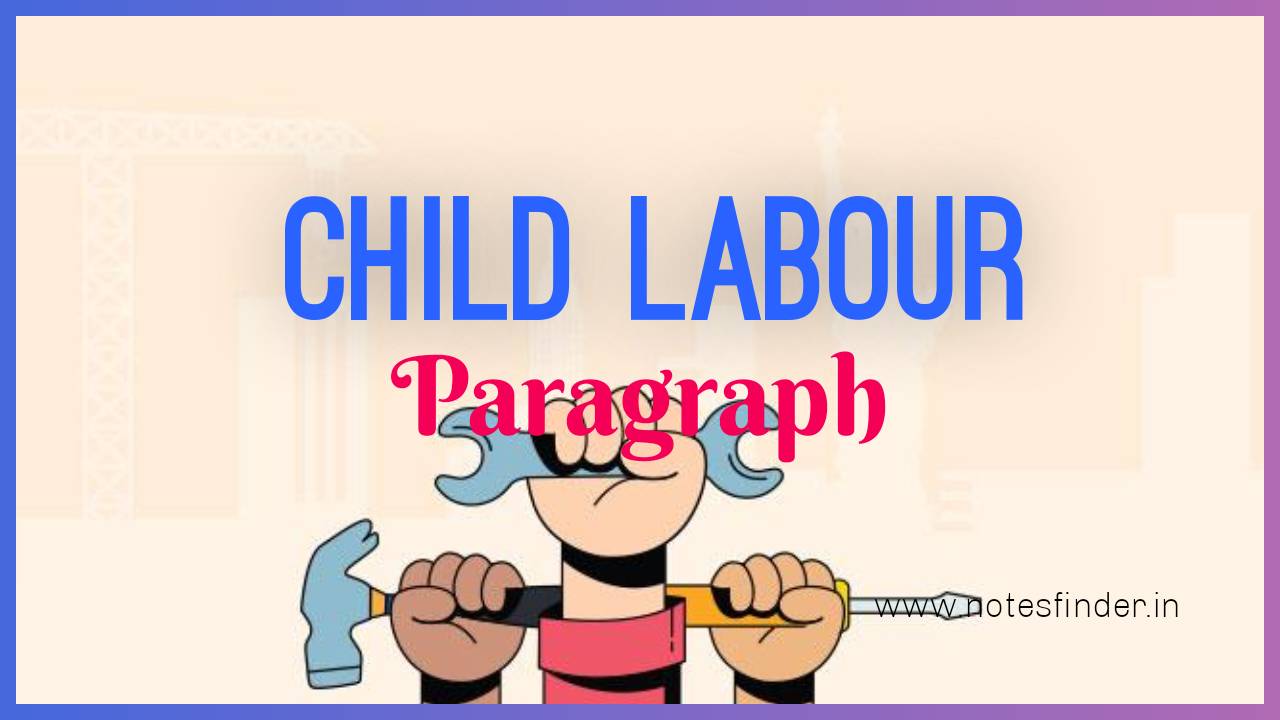1. Introduction to Paragraph Writing
Effective paragraph writing is a fundamental skill in any form of written communication. Whether you are writing an essay, a report, or even a simple email, the ability to construct well-organized and coherent paragraphs is crucial. A paragraph serves as a building block for conveying ideas, supporting arguments, and delivering information in a concise and structured manner. This article aims to provide a comprehensive guide on how to write a paragraph, covering the essential elements such as the structure, topic sentences, supporting details, transitions, examples, coherence, flow, and impactful conclusions. By mastering the art of paragraph writing, you will enhance your overall writing skills and effectively communicate your thoughts and ideas to your readers.
How to Write a Paragraph
1. Introduction to Paragraph Writing
1.1 Importance of Effective Paragraphs
Let’s face it, nobody likes to read a jumbled mess of thoughts and ideas. That’s where paragraphs come to the rescue! Paragraphs are the building blocks of coherent writing, helping to organize your ideas and make your writing more readable. By mastering the art of paragraph writing, you can ensure that your message is clear and engaging, keeping your readers hooked from start to finish.
1.2 Goals and Objectives of Paragraph Writing
Paragraphs serve a specific purpose in your writing. They provide a logical structure, allowing you to develop and present your ideas in a systematic and organized manner. The goals of paragraph writing are to express a single idea, support it with relevant details, and transition smoothly to the next idea. Remember, a well-constructed paragraph should be concise, focused, and impactful, leaving a lasting impression on your readers.
2. Understanding the Structure of a Paragraph
2.1 Definition and Purpose of a Paragraph
Now that we understand the importance of paragraphs, let’s dig a little deeper into their structure. A paragraph is a group of related sentences that revolve around a central idea, known as the topic sentence. The purpose of a paragraph is to present and develop this main idea, providing supporting details and examples to strengthen your argument or convey information.
2.2 Components of a Well-structured Paragraph
A well-structured paragraph consists of three key components: the topic sentence, supporting sentences, and a closing sentence. The topic sentence introduces the main idea of the paragraph and sets the tone for the rest of the sentences. Supporting sentences provide evidence, explanations, and examples to support the topic sentence. Finally, the closing sentence wraps up the paragraph, leaving a lasting impression on your readers and smoothly transitioning to the next paragraph.
3. Crafting a Clear Topic Sentence
3.1 Role and Significance of a Topic Sentence
Think of the topic sentence as the captain of your paragraph. It’s responsible for guiding and directing the rest of the sentences. The topic sentence should clearly and concisely state the main idea, giving your readers a preview of what’s to come. Without a strong topic sentence, your paragraph might lose its focus and leave your readers scratching their heads.
3.2 Characteristics of an Effective Topic Sentence
An effective topic sentence is like a superhero – strong, confident, and powerful. It should be clear, specific, and relevant to the overall theme of your writing. Avoid vague or generic topic sentences that leave your readers wondering what you’re actually trying to say. Instead, be bold and assertive, expressing your main idea in a way that grabs attention and sparks curiosity.
4. Developing Supporting Details
4.1 Identifying Relevant Supporting Details
A topic sentence may be the star of the show, but supporting details are essential sidekicks that provide substance to your paragraph. Supporting details include facts, examples, statistics, anecdotes, and quotes that help to clarify and expand upon the main idea. When selecting supporting details, make sure they are relevant, credible, and add value to your overall argument or narrative.
4.2 Organizing Supporting Details Coherently
Now that you have your supporting details, it’s time to arrange them in a logical and coherent order. You may choose to present your details chronologically, from least to most important, or in any other order that best supports your main idea. Consider using transitional words and phrases to connect your supporting sentences, ensuring a smooth flow and seamless transition between ideas.
Remember, the key to a remarkable paragraph is finding the right balance between clarity, coherence, and conciseness. So, go forth and conquer those paragraphs with confidence, and remember to have a little fun along the way!5. Using Transition Words and Phrases
5.1 Importance of Transition Words and Phrases
Transition words and phrases are the secret ingredients that make your paragraphs go from “meh” to magnificent. These little helpers connect your thoughts and ideas, ensuring a smooth and coherent flow. Without them, your paragraph might resemble a broken roller coaster, with jarring stops and starts that leave your reader feeling dizzy and confused. So, let’s embrace the power of transitions and take our writing to new heights!
5.2 Different Types of Transition Words and Phrases
Transitions come in all shapes and sizes, each serving a specific purpose. From showcasing cause and effect to comparing and contrasting ideas, there’s a transition word or phrase for almost every situation. Whether you’re introducing a new concept, adding supporting information, or giving examples, these little words help guide your reader through the twists and turns of your paragraph. So, don’t be afraid to sprinkle them throughout your writing like confetti at a party – they’ll make your paragraphs pop!
6. Providing Effective Examples and Evidence
6.1 Incorporating Examples to Support Ideas
Imagine you’re trying to convince your friend that chocolate is the greatest invention ever. You could just say, “Chocolate is amazing!” and hope they take your word for it. But we all know that actions speak louder than words. So, instead, you whip out a bar of dark, velvety goodness and watch as their taste buds do a happy dance. Providing examples in your paragraphs is like handing out chocolate – it adds a flavorful punch to your arguments and makes them harder to resist.
6.2 Utilizing Evidence to Strengthen Arguments
When you’re trying to prove a point, evidence is your best friend. It’s like the detective in a murder mystery, piecing together clues to solve the case. In your paragraphs, evidence can take the form of statistics, research findings, or expert opinions. It lends credibility to your arguments, making them more persuasive and convincing. So, gather your evidence like a seasoned detective, and let it lead your reader to the truth – your amazing ideas!
7. Enhancing Paragraph Coherence and Flow
7.1 Achieving Coherence through Consistent Ideas
Coherence is like the glue that holds your paragraph together. Without it, your ideas might resemble a scattered jigsaw puzzle missing some crucial pieces. To achieve coherence, make sure your ideas flow seamlessly from one sentence to the next. Each sentence should build upon the previous one, creating a well-connected chain of thoughts. So, don’t let your paragraph turn into a puzzle from a thrift store – keep those ideas united and your readers will thank you!
7.2 Maintaining Smooth Flow between Sentences
Imagine reading a paragraph that feels like driving through a city with traffic lights at every intersection. Annoying, right? Well, the same goes for sentences that don’t flow smoothly. You want your reader to cruise through your paragraph like a convertible on a sunny day – with no unnecessary stops or jolts. To achieve this, use transitional words and phrases, vary your sentence structures, and keep your language clear and concise. Smooth flow will make your readers feel like they’re on a literary joyride!
8. Concluding a Paragraph with Impact
8.1 Summarizing Key Points
Picture this: you’re at a stand-up comedy show, and the comedian delivers a punchline that leaves the entire audience in stitches. That’s the kind of impact you want to achieve when concluding your paragraph. Summarize your key points with finesse, like a comedian wrapping up their set with the perfect zinger. Remind your reader what you’ve discussed, but in a concise and memorable way. Leave them with a lasting impression that makes them want to come back for more!
8.2 Leaving a Lasting Impression
Great paragraphs are like epic movie endings – they leave you excited, fulfilled, and wanting more. So, when you reach the end of your paragraph, make it count! Leave your reader with a powerful thought, a compelling question, or a call to action. Make them reflect, engage, or take a step towards action. Remember, your concluding sentence is your final chance to leave a lasting impression. So, take a bow, and let your readers applaud your paragraph-writing prowess!In conclusion, developing strong paragraph writing skills is an essential aspect of effective communication. By following the guidelines outlined in this article, you can create paragraphs that are well-structured, coherent, and impactful. Remember to focus on crafting clear topic sentences, providing relevant supporting details, using transition words, incorporating examples and evidence, and maintaining paragraph coherence and flow. With practice and attention to these key elements, you will be able to communicate your ideas more effectively and leave a lasting impression on your readers. So, start applying these techniques and watch your paragraph writing skills improve significantly!
FAQ
1. Why is paragraph writing important?
Paragraph writing is important because it allows for clear and organized communication of ideas. Well-structured paragraphs help readers understand the flow of information, making the overall piece of writing more coherent and engaging.
2. How can I improve my paragraph coherence and flow?
To improve paragraph coherence and flow, ensure that there is a logical progression of ideas. Use transitional words and phrases to connect sentences and create smooth transitions. Additionally, consider the use of pronouns and referencing to maintain consistency and avoid repetitive language.
3. How can I make my topic sentence effective?
An effective topic sentence should clearly state the main idea or argument of the paragraph. It should be concise, specific, and relevant to the overall theme of the writing. Additionally, ensure that the topic sentence sets the direction for the supporting details that follow.
4. Should I include examples and evidence in my paragraphs?
Yes, including examples and evidence in your paragraphs is highly recommended. Examples and evidence provide support and credibility to your ideas or arguments. They help to clarify and illustrate your point, making your writing more persuasive and convincing.



